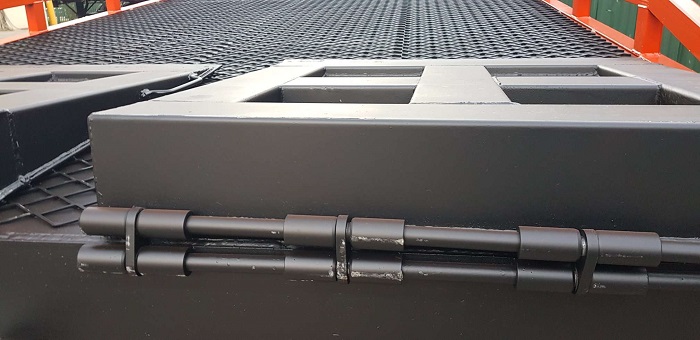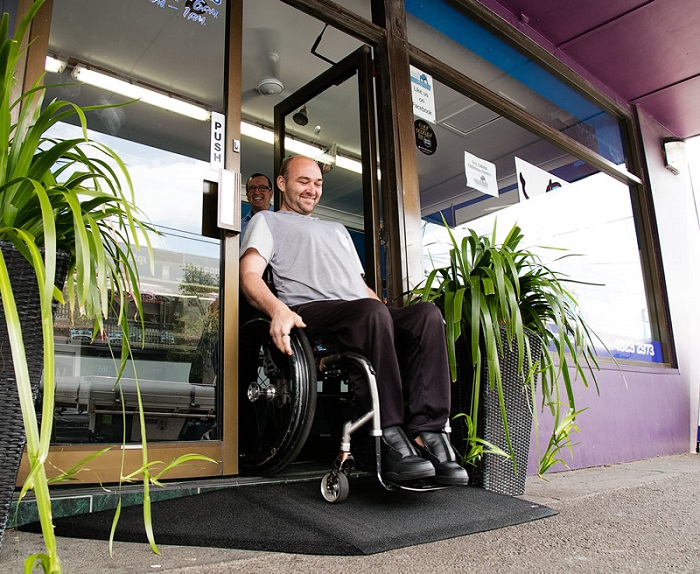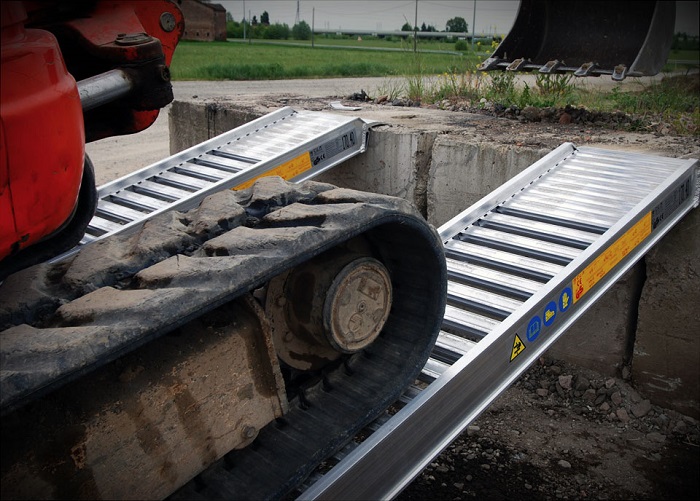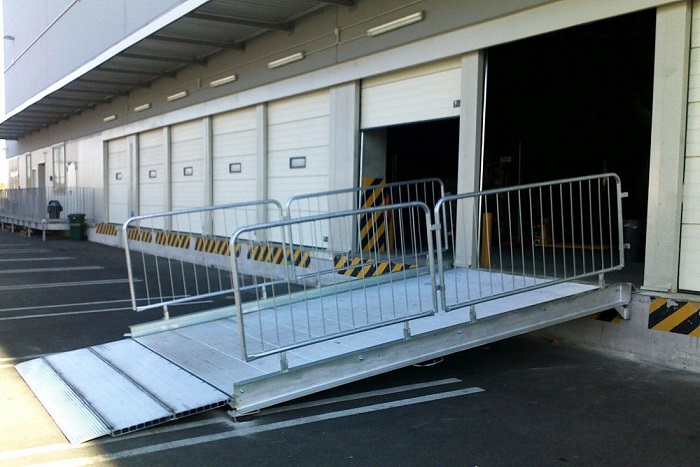Storage facilities oftentimes need to load pallet trucks, forklifts, trolleys and other material handling equipment into containers, which can be inconvenient if you don’t have the assistance of a container ramp. Container ramps are the ideal solution when loading products on low heights safely and conveniently. However, with so many different types of ramp container models available, how do you decide which one is best for you?

Source: niuli.com.au
Besides ramp type, there are a few other considerations you need to take into account in order to get the best ramp for your application. Container ramps are usually designed with low clearance items in mind, which means that loading your pallet trucks, trolleys or forklifts won’t be an issue.
Types of Ramps
Rubber Ramps

Source: tyrex.com.au
Rubber ramps are a modular solution, and they’re provided in sections that allow a single person to put the ramp in place and remove it after the loading is done. Being modular also means that you can easily store the ramps when not in use. Usually, rubber ramps need dog bone connectors to hold the sections securely into place. These ramps are available in a wide range of sizes and heights. Since they’re made of rubber, they’re very durable and can have a load capacity of up to 10 tonnes and more.
Aluminium Ramps

Source: digga.com
Aluminium ramps come as single units or as pairs and are available in various heights and capacities. Aluminium is a relatively lightweight material, making these ramps easily portable yet durable. Similarly to rubber ramps, aluminium ramps are made to accommodate products with low ground clearance. Further, they are customisable and come with numerous connection types. Most aluminium ramp container models have the foot of the ramp cut to ensure it rests securely on the ground. That being said, it’s important to respect the recommended loaded heights and loads, or the foot end resting on the ground will make loading unsafe.
Wedge Ramps
Wedge ramps sit up against the container or step instead of resting onto the container or step. They are also highly customisable and come in a wide range of heights and widths. Wedge ramps usually have lower capacities and are more suited for lighter loads from trolleys and pallet trucks. They are usually made of aluminium, which means they’re relatively lightweight and portable.
Things to Consider When Buying a Ramp
Identify the material handling equipment you use to load and unload items. Forklifts, pallet trucks and trolleys all differ in weight, wheel size and application. If you only load and unload using a trolley, you can get away with a lighter duty ramp that won’t need to span the entire width of the container. A smooth traction surface, such as grit or coat, won’t jostle the wheels.
Pallet trucks, on the other hand, will require a medium or heavy-duty ramp with more weight capacity, and it will need to span at least 85cm to accommodate the forks. Due to the fact that the wheels on pallet trucks are smaller, diamond plate or grit traction surfaces will probably work best.

Source: directindustry.com
If you load and unload with a forklift and deal with heavy loads on the daily, you’ll need a heavy-duty ramp with a weight capacity of a few, up to a dozen tonnes. This is due to the fact that forklifts are heavy, so when you add the weight of the items they carry, the numbers quickly ramp up.
Next, measure the floor height of your containers. Most containers have a ground-to-floor height of 15 to 20cm, so make sure the ramp you buy is designed for the right height. Further, consider the connection point options. Some ramps feature cut-outs that fit around and over the container locks, while others feature a lip which clears the locks and they aren’t limited to one location. Some ramps are even designed to sit right on the container edge, meaning there’s no need for any locks. Instead, these models come with chains that can be locked into position to prevent the ramp from slipping or falling.
Additionally, think about portability. If you think you’ll be moving the ramps around using nothing but manpower, you’ll want a ramp that can handle loads and is easily portable. Aluminium and rubber are two materials that are lightweight, so check those out. And lastly, decide the type of traction surface that best suits your equipment and environment. For instance, finer surface coatings are best for dry climates, whereas grit coating holds up well in humid areas. Diamond plate, on the other hand, features anti-skid properties in all types of weather. Punch plate will provide your forklifts with traction even in icy and snowy conditions.












